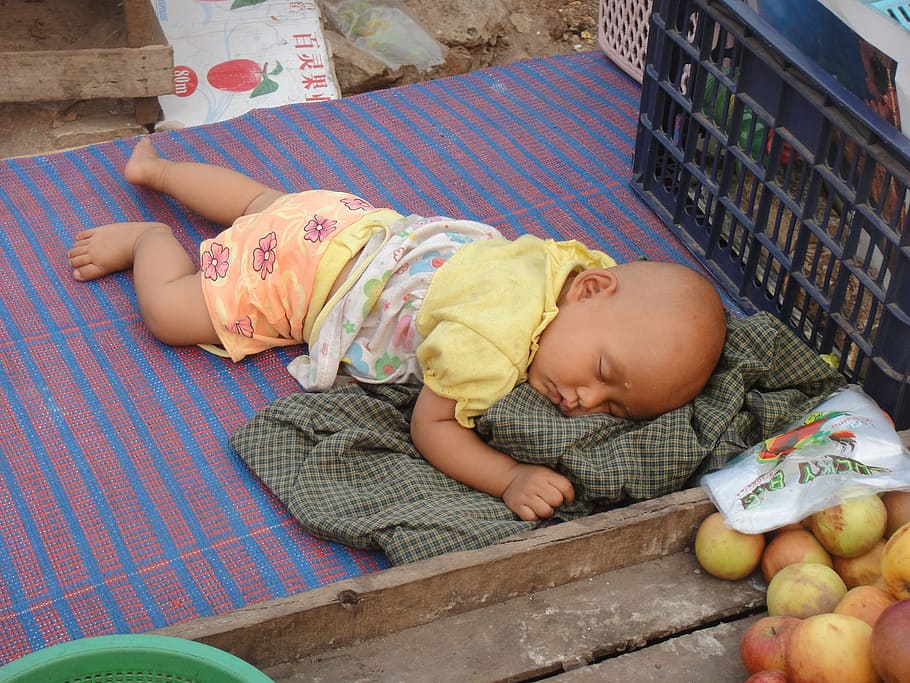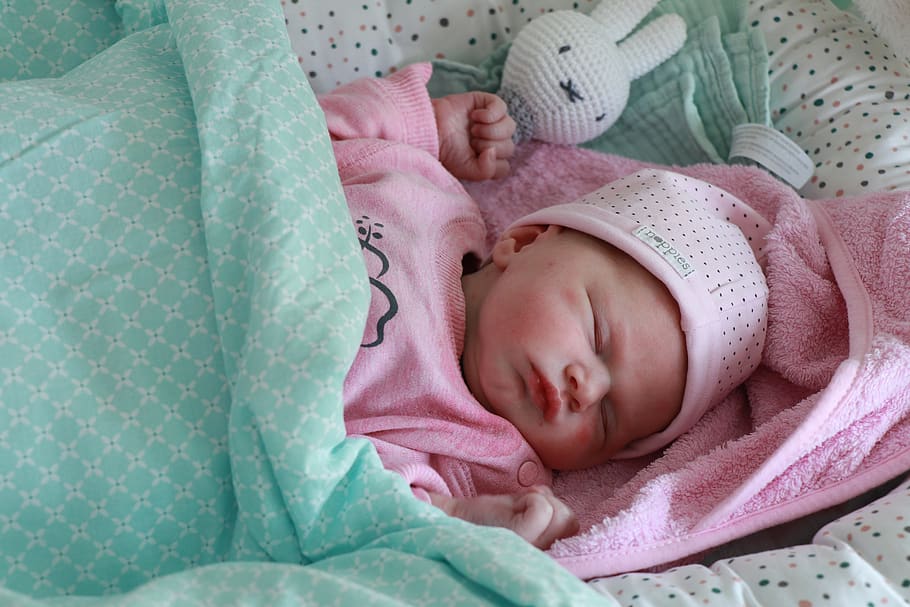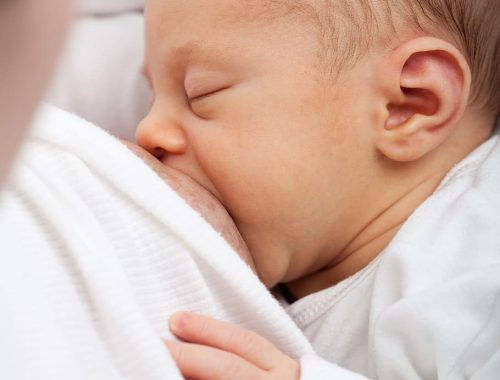
Preventing Toddlers from Falling Out of Bed
Preventing Toddlers from Falling Out of Bed
Falling accidents are the most common among children aged 0 to 6, including falls from beds, high chairs, and stairs. The health consequences for young children can sometimes be severe. It is crucial to take necessary precautions to prevent falls, especially from cribs and single beds.
Cribs and Young Children
The danger lies in not realizing that your baby is capable of climbing out of bed and potentially falling. However, there are simple measures you can take to ensure your child’s safety.
1. Prevent Baby from Climbing Over the Rail
If your baby sleeps in a sleeping bag or a baby sleeping bag, the risk of climbing over the bars is initially lower since their legs are restricted. However, as they grow older, babies can still use their arms to pull themselves over the barrier. Using a crib bumper can also help prevent toddlers from climbing over the rail.
2. Adjust Mattress Height
Many cribs come with adjustable mattresses. As your baby grows, you can lower the mattress height, making it more difficult for them to climb out of the crib.
3. Make Exiting the Bed Easier
As your baby grows, they will inevitably start getting out of bed. You can support this new experience by protecting them from painful falls. Some cribs have removable bed rails, allowing the child to exit through the opening instead of climbing over the barrier. Introduce this new escape route to your child, and they will be delighted to use it. Additionally, placing thick cushions or a mat along the side of the bed can provide extra cushioning for the baby’s exit. If your child becomes more adventurous, it may be time to transition them to a single bed.
Preventing Your Child from Falling Out of a Single Bed

When children transition from a crib to a single bed, they may not immediately understand the dimensions of their new bed and could fall during sleep. Here are a few simple tips to reduce the risk of falls during this transition period:
1. Use Foam Mats or Bed Rails
Place mats with foam inserts alongside the bed, especially if the bed is low. Anti-fall bed rails are also available to secure a single bed temporarily. Firm foam wedges can be used as an alternative.
2. Utilize Double Sheets or Bolsters
To secure your child in bed without spending a lot of money, use double sheets in a single bed, tucking the child in tightly. Another trick is to slide a bolster lengthwise under the fitted sheet to provide cushioning.
3. Consider a Floor Mattress
In the beginning, you can place the mattress on the floor to minimize the risk of falls.
Please note: For very young children and babies, it is strongly advised to never leave them alone on a single bed without supervision.
Bunk Beds: Not Recommended for Young Children
Children under 6 years of age should not sleep in the top bunk of a bunk bed. Current safety standards specify that “high sleeping is not suitable for children under 6”. The safety rules imposed on manufacturers only apply to children over 6 years old.
When to Seek Medical Attention After a Fall?
For minor falls that result in slight bruising, simple treatment is usually sufficient. However, it is important to be vigilant and watch for any new signs or symptoms that may indicate a more serious injury. If necessary, seek medical advice as soon as possible. A pediatric emergency room should be consulted if:
1. The child does not cry out immediately after the fall.
2. Vomiting occurs.
3. There is swelling of the head.
4. Abnormal behavior or sleepiness is observed.
When a fall has been particularly hard or the child has hit a hard object, it is crucial to remain cautious and take appropriate action promptly.
By implementing these preventive measures and being attentive to your child’s safety, you can significantly reduce the risk of falls and promote a secure sleeping environment for your toddler.
You May Also Like

Best Parenting Tips We’ve Got From Celebs
2023-06-13
Which Food Supplements for Your Child?
2023-04-28

